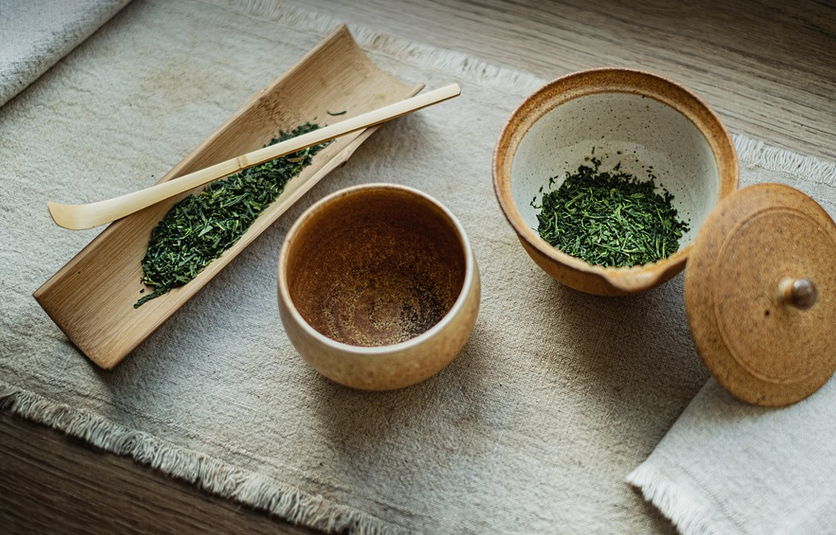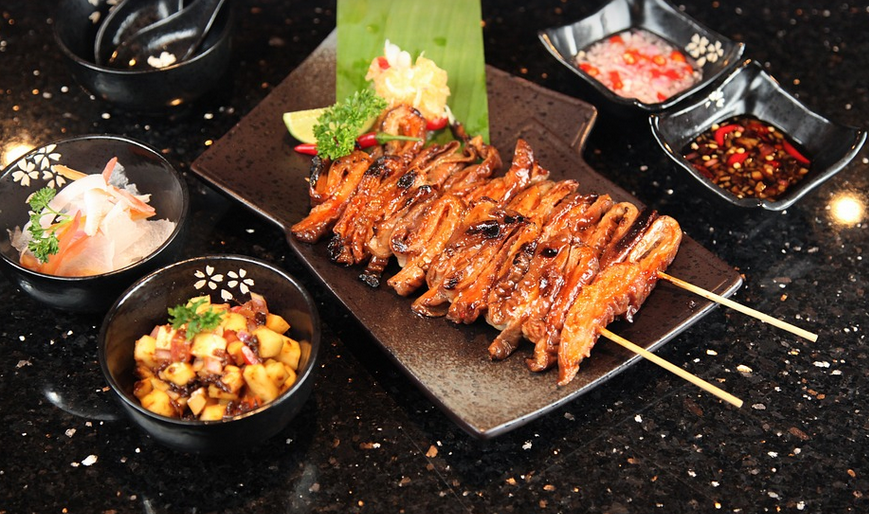Understanding the Basics
Nido milk is a popular choice for many parents looking to provide their toddlers with a nutritious and easy-to-digest beverage. It’s designed specifically for babies and young children, often touted as a source of essential vitamins and minerals. However, like any food product meant for little ones, it’s crucial to be aware of potential side effects that might arise. Before introducing Nido milk into your toddler’s diet, understanding the possible reactions is essential.
Possible Side Effects
While generally safe when consumed in moderation, some toddlers may experience side effects from Nido milk, especially as they transition to solid foods or become more independent eaters. These side effects can range from mild discomfort to more serious reactions, and it’s vital to be vigilant.
One of the most common side effects of Nido milk is **digestive upset**. This could include symptoms like:
- Constipation
- Diarrhea
- Gas and bloating
- Reflux or heartburn
These digestive issues are often due to the milk’s high content of easily digestible sugars, such as lactose. As your toddler’s gut develops over time, it might take some adjustment to process these sugars effectively.
Another potential side effect is an **allergic reaction**. While uncommon in most cases, some toddlers may be allergic to Nido milk ingredients. This can manifest as:
- Hives or rashes
- Itching or swelling of the mouth, throat, or face
- Difficulty breathing or wheezing
- Sneezing, coughing, and runny nose
If you notice any signs of an allergic reaction after your toddler consumes Nido milk, it’s crucial to seek immediate medical attention. The reactions can vary in severity, and prompt intervention is essential.
Addressing Side Effects
While some side effects are inevitable during the toddler years as they adjust to their dietary routine, there are ways to lessen them:
- Start with a small amount of Nido milk and gradually increase the quantity
- Introduce Nido milk alongside other sources of nutrition (fruit, vegetables, whole grains) to prevent digestive overload.
- Consult your pediatrician for guidance on introducing different types of milk or alternative options.
If you notice any side effects after your toddler starts consuming Nido milk, here’s what you can try:
- **Switch to a different brand of milk:** If the digestive upsets persist, consider switching brands. Some toddlers might be more sensitive to specific ingredients.
- **Reduce the quantity:** Slowly decrease the amount of Nido milk your toddler consumes to see if it helps ease any discomfort.
- **Check for hidden allergens:** Be sure to look at ingredient lists carefully and make note of any potential allergens, like dairy or gluten.
- **Consult your pediatrician:** If the side effects are severe or continue despite these measures, don’t hesitate to contact your child’s physician.
Additional Considerations
Remember that every child is unique, and what works for one toddler may not work for another. While there can be various reasons behind a specific side effect, paying attention to individual responses allows you to adjust accordingly. If you have any questions or concerns, talk to your pediatrician about the best course of action.
It’s also important to observe changes in your child’s overall health and development. If you notice any unusual behavior like rapid weight gain or loss, fatigue, frequent illnesses, or other significant changes, consult your pediatrician as soon as possible.




